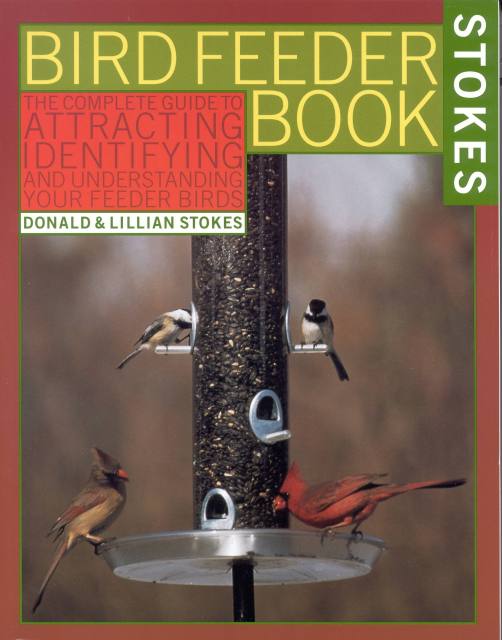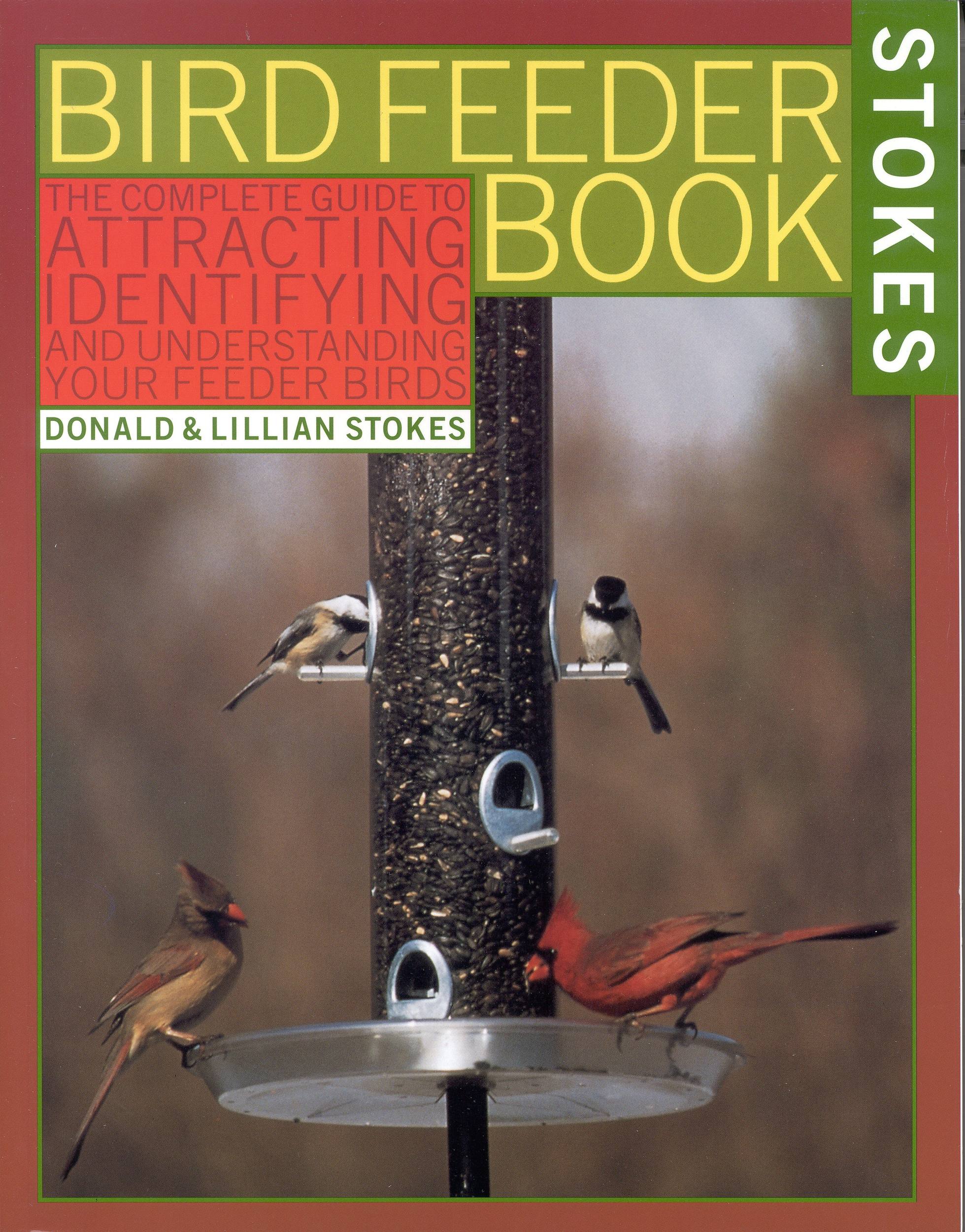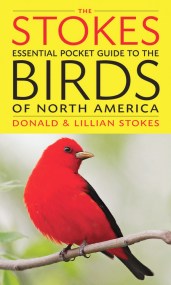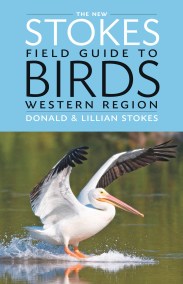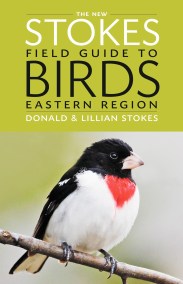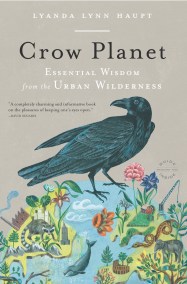Promotion
Use code MOM24 for 20% off site wide + free shipping over $45
The Stokes Birdfeeder Book
An Easy Guide to Attracting, Identifying and Understanding Your Feeder Birds
Contributors
Formats and Prices
Price
$8.99Price
$11.99 CADFormat
Format:
ebook $8.99 $11.99 CADThis item is a preorder. Your payment method will be charged immediately, and the product is expected to ship on or around November 15, 2008. This date is subject to change due to shipping delays beyond our control.
Also available from:
Now you can start to enjoy the birds at your feeder more than you ever have before! This book will help you in three important ways:
- You can attract more birds by following our easy method of providing the Four Basic Feeders. If you are just starting out, we offer helpful tips for choosing the best feeders and the birds’ favorite foods.
- You can become an expert at identifying your feeder birds with this book. There is a beautiful color photograph of both male and female for each bird, accompanied by identification clues.
- You can understand the behavior of birds at your feeder, because for each bird there is a chapter filled with fascinating information about its life.
Don’t let another day go by without starting on this path to a richer experience at your feeders.
Also included is your own Bird Feeder Journal.
Genre:
- On Sale
- Nov 15, 2008
- Page Count
- 96 pages
- Publisher
- Little, Brown and Company
- ISBN-13
- 9780316049566
Newsletter Signup
By clicking ‘Sign Up,’ I acknowledge that I have read and agree to Hachette Book Group’s Privacy Policy and Terms of Use
